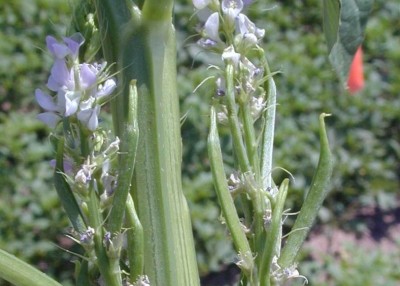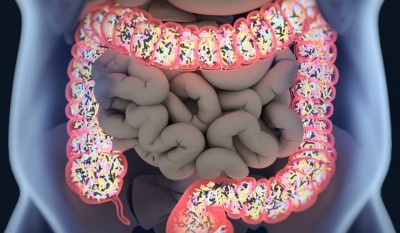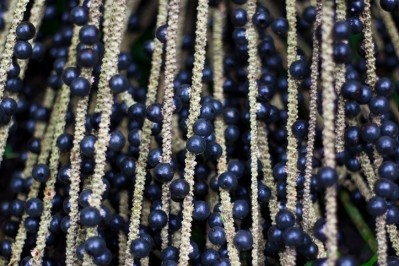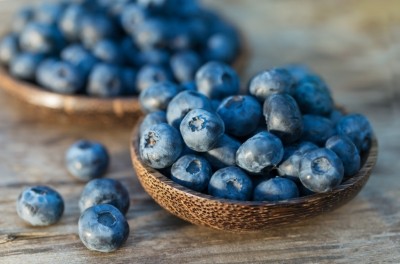Demand for prebiotics continues even as FDA wrestles with fiber definition
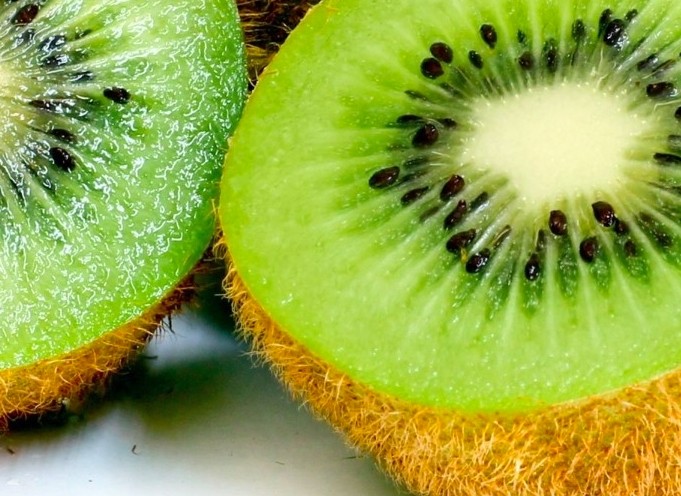
At the recent SupplySide West trade show in Anaheim, CA, NutraIngredients-USA spoke with Alan Rillorta, director of branded ingredient sales for AIDP, a supplier based in City of Industry, CA. Rillorta said digestive health as a condition specific category overall is growing, and prebiotics in particular are of interest to customers. And this is in spite of the uncertainty introduced into the category by FDA’s decision to more fully define what is meant by the term ‘dietary fiber.’
Physiological properties of fiber
As part of the multi-year effort to amend the labels used on foods and dietary supplements to more clearly define the products’ attributes for consumers, an effort was undertaken by the US Food and Drug Administration via a draft guidance to finally put a regulatory definition around the term ‘dietary fiber.’ Up to now, dietary fiber callouts on labels had to do with the results of analytical tests. But FDA’s draft Dietary Fiber Guidance for the first time sought to precisely define what a dietary fiber is, at least for isolated, purified fibers.
Among the criteria put forward in the guidance were the physiological effects the agency said could be associated with the ingestion of fibers. In the guidance, titled Scientific Evaluation of the Evidence on the Beneficial Physiological Effects of Isolated or Synthetic Non-digestible Carbohydrates Submitted as a Citizen Petition (21 CFR 10.30): Guidance for Industry, FDA laid out the kinds of evidence companies would need to submit to prove their purified or isolated fiber meets this definition. After a literature review, the agency said only seven of 26 isolated fibers evaluated thus far meet that standard. They are: beta-glucan soluble fiber, psyllium husk, cellulose, guar gum, pectin, locust bean gum and hydropropylmethylcellulose. This leaves some prominent ingredient categories, such as inulin, out in the cold. Both the Natural Products Association and the Council for Responsible Nutrition have viewed the guidance as overly burdensome to industry and without significant benefit to consumers. They have asked for the guidance to either be heavily amended or withdrawn altogether.
Consumers don’t care about FDA quibbles
But Rillorta said while all that is going on the demand for prebiotic ingredients has just churned along. Consumers are seeking gut health benefits, he said, and the prebiotic story is gaining traction, especially among those consumers who might be still squeamish about the idea of ingesting bacteria.
“Do you need the fiber claim to be a prebiotic? In the past they used to call them ‘prebiotic fiber’ because it may have given some sense comfort to consumers who understood the term ‘fiber.’ But nowadays, everyone seems to know what ‘prebiotic’ means,” he said.
AIDP has an advantage in that two of its ingredients that are marketed on their prebiotic benefits—Actazin and Livaux— come from two different varieties of kiwi fruit. Thus they fall under FDA’s definition of ‘intrinsic’ fiber. Kiwis are high enough in fiber in their basal state that little additional processing is needed to deliver this benefit in a powdered ingredient, Rillorta said. But the company also markets a purified fiber prebiotic ingredient, PreticX, which is manufactured by Chinese partner Life Bridge LLC. The ingredient is sourced from corn cobs and has a long history in Asian markets.
